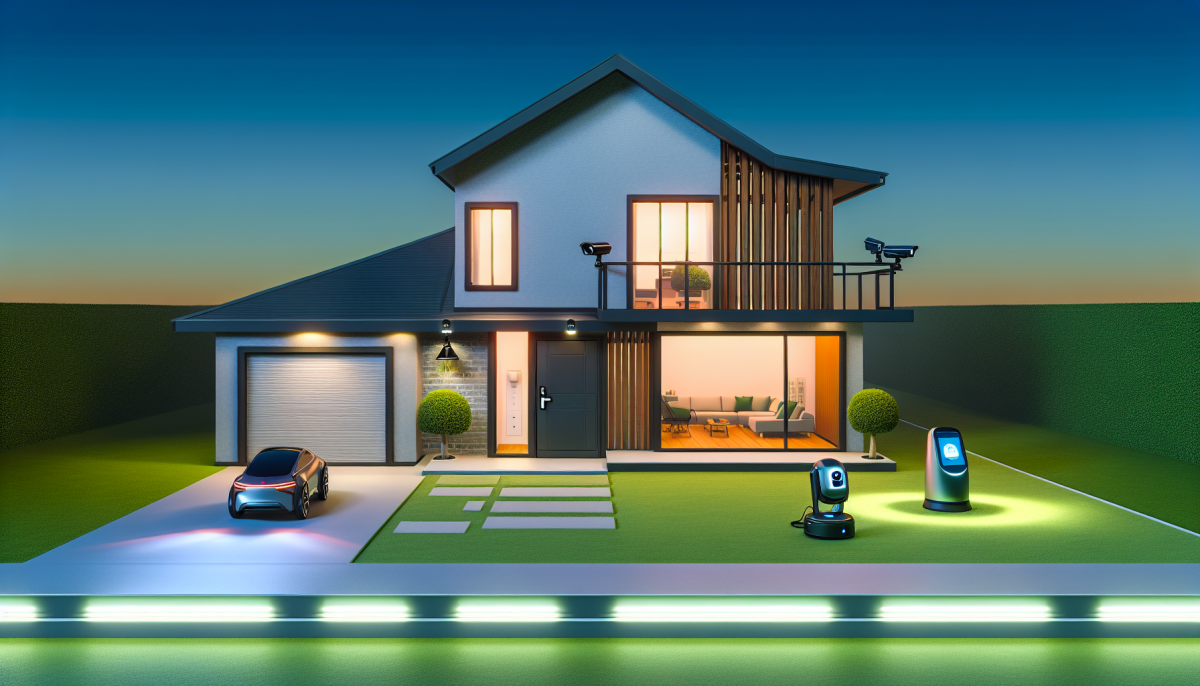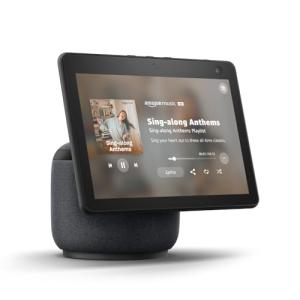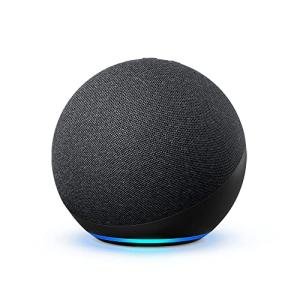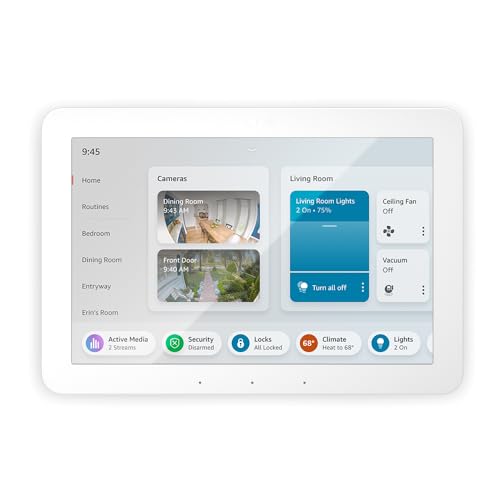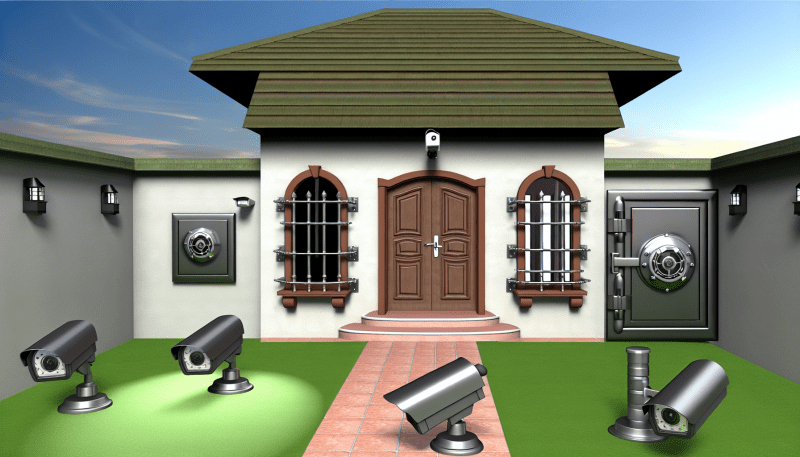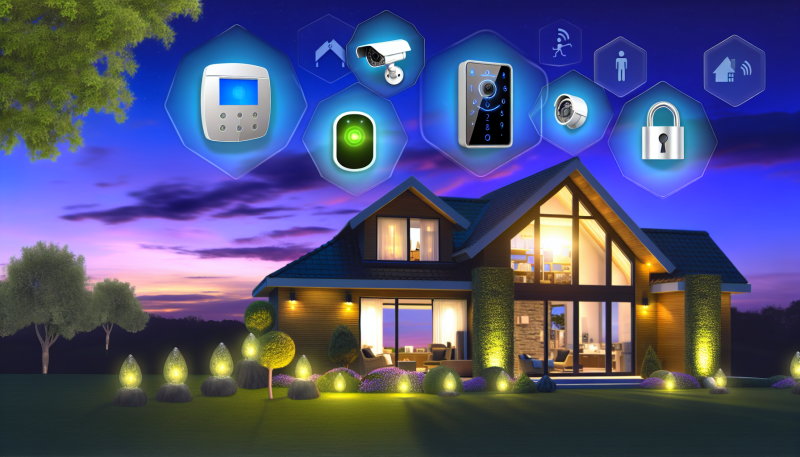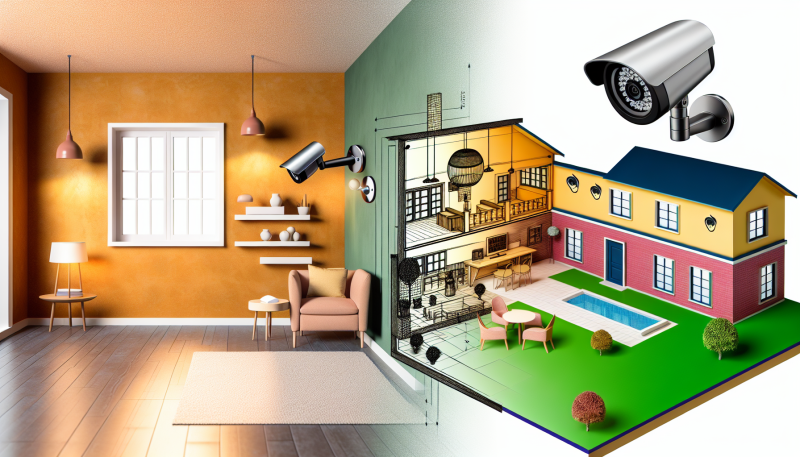Smart home security systems are becoming increasingly popular as technology continues to advance. These systems are designed to give homeowners peace of mind by providing enhanced security features that can help protect their property and loved ones.
One of the basic components of a smart home security system is a network of sensors that can detect movement, sound, and other potential threats. These sensors are typically placed around the perimeter of the home, as well as inside, to provide comprehensive coverage. When a sensor is triggered, it will send a signal to the central hub of the system, which can then alert the homeowner or a monitoring service, depending on the setup.
In addition to sensors, many smart home security systems also include cameras that can provide live video feeds of the property. These cameras can be accessed remotely through a smartphone app, allowing homeowners to monitor their home at any time, from anywhere. Some systems even offer the ability to record video footage, which can be useful in the event of a break-in or other security incident.
Top Smart Devices for Home Protection
Protecting your home and loved ones is a top priority for many people, and with the advancement of technology, it has become easier than ever to secure your home with smart devices. From cameras to alarm systems, there are a variety of options available to help you keep your home safe and secure.
One popular smart device for home protection is a video doorbell. These devices allow you to see who is at your door, even when you're not home. With live streaming video and two-way audio, you can communicate with visitors and keep an eye on your property from anywhere using your smartphone.
Another essential smart device for home protection is a smart lock. Smart locks allow you to lock and unlock your doors remotely, making it easy to let guests in or secure your home while you're away. Many smart locks also have features like keyless entry and activity logs, giving you peace of mind knowing who is coming and going from your home.
Setting Up Your Smart Home Security
Setting up a smart home security system is easier than you may think. With the right devices and a little bit of know-how, you can easily secure your home and have peace of mind knowing that your property is protected.
The first step in setting up your smart home security is to assess your needs. Do you want a few cameras to monitor the outside of your home, or do you want a full security system with door and window sensors, motion detectors, and smart locks? Once you have a clear idea of what you need, you can start researching the best devices for your specific situation.
When it comes to actually setting up your smart home security system, be sure to follow the manufacturer's instructions carefully. Most devices are designed to be easy to install and set up, but it's important to take your time and make sure everything is functioning properly before relying on it to protect your home.
Tips for Maximizing Smart Device Security
Smart devices have become an integral part of our everyday lives, from controlling our home's temperature to monitoring our security cameras. However, with this convenience comes the risk of potential security threats. Here are some tips to help you maximize the security of your smart devices and keep your home safe.
First and foremost, always change default passwords. Many smart devices come with generic passwords that are easily accessible to hackers. Be sure to create strong, unique passwords for each of your devices to prevent unauthorized access. Additionally, consider enabling two-factor authentication for an added layer of security.
Regularly update your devices' software and firmware. Just like your computer or smartphone, smart devices require updates to patch any security vulnerabilities. Set up automatic updates whenever possible to ensure that your devices are always protected against the latest threats.
Finally, be mindful of the data that your smart devices collect and share. Review the privacy settings of each device and limit the amount of personal information that is being collected. Consider creating a separate network for your smart devices to isolate them from your main network and further protect your personal data.
